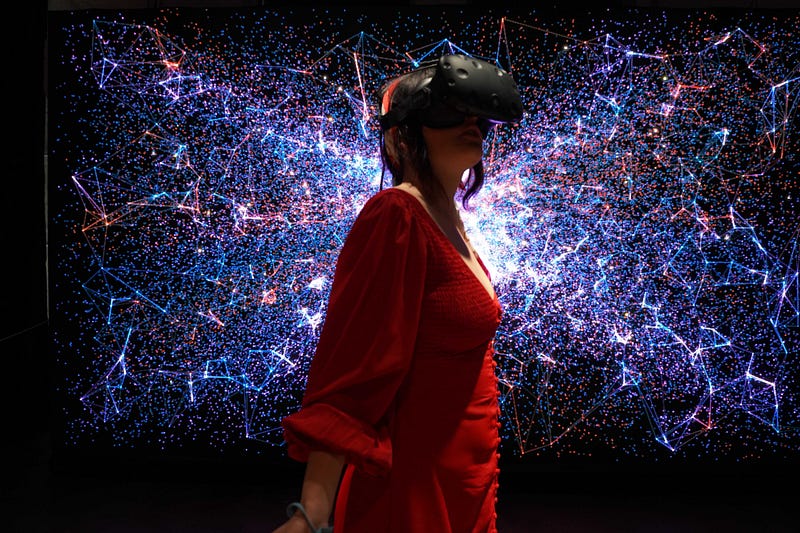A Transformative Journey: The Expanding Horizons of Virtual Reality
Written on
Chapter 1: The Rise of Virtual Reality
Virtual reality (VR) is widely recognized for its role in gaming, yet its influence is stretching far beyond that realm. The technology is making significant strides in fields such as education, healthcare, and tourism, with increasing demand each year.
Reports indicate that the global VR market could skyrocket to $435.36 billion by 2030, driven largely by training, research, and healthcare applications.
Initially, VR was not conceived for entertainment. It emerged from military and medical training, flight simulation, and automotive design. The first consumer VR headsets were launched in 2010, sparking a gaming revolution where these devices quickly became essential gear for enthusiasts.
Currently, around 171 million individuals globally engage with VR headsets. While gaming is a primary use, other sectors are also tapping into the advancements in VR technology.
Section 1.1: Educational Advancements Through VR
Virtual reality is proving to be a powerful educational tool. Through immersive experiences, students can engage with concepts that are otherwise unattainable.
For instance, young learners can traverse the solar system, experience life in Ancient Greece, or delve into human anatomy. Medical students can rehearse surgical techniques, while astronauts can prepare for space missions in a safe environment.
Subsection 1.1.1: Medical Applications of VR

Photo by Sara Kurig on Unsplash
VR is also making waves in the medical field. Treatments for PTSD using virtual reality exposure therapy have shown promise in alleviating symptoms for those affected by combat. Furthermore, studies indicate that VR can enhance mental wellness through customized environments for mindfulness and meditation, targeting individual needs.
Section 1.2: Fitness and Tourism in Virtual Reality
Health and fitness are benefiting from VR, with numerous applications available to assist users in workouts, sports, and yoga. Whether you prefer a vigorous workout or a guided session, there's a VR experience tailored for everyone.
Armchair tourism is gaining traction as well, enabling users to explore global landmarks from the comfort of their homes. Imagine visiting the Great Wall of China, swimming with sharks, or experiencing the thrill of climbing Mount Everest—all through a VR headset.
The first video showcases how users can "Explore the World in Virtual Reality with National Geographic," providing a glimpse into how VR can enhance our understanding of different cultures and environments.
Section 1.3: Cultural Experiences Enhanced by VR
Museums and galleries are increasingly integrating VR into their exhibits. Certain institutions offer apps that recreate pivotal historical moments, allowing visitors to engage more deeply with history.
Alternatively, renowned places like The British Museum and The Louvre provide virtual tours, making their collections accessible to a wider audience.
The second video features Tom Furness discussing "Falling in Love with Learning in Virtual Worlds," which emphasizes the potential of VR to foster a deeper love for education through immersive experiences.
Chapter 2: The Future of Virtual Reality
With the continuous evolution of VR technology, the possibilities for exploration, education, and unique experiences are expanding rapidly. Virtual reality is not only preparing a new generation of professionals in a safer manner but also broadening our horizons. The world is becoming more accessible than ever before.